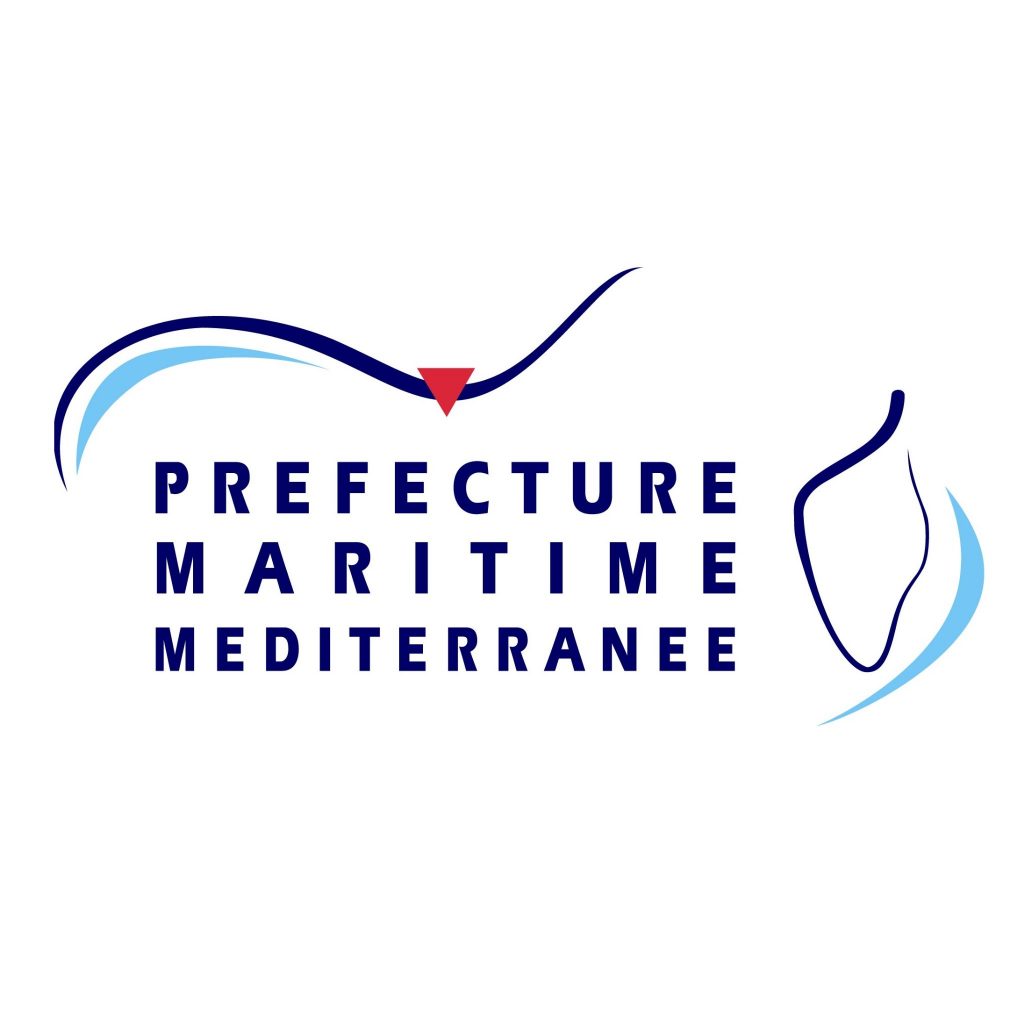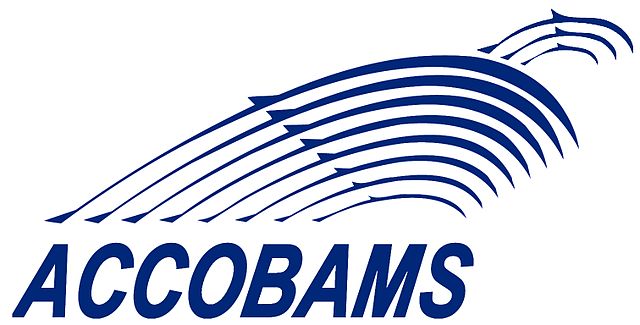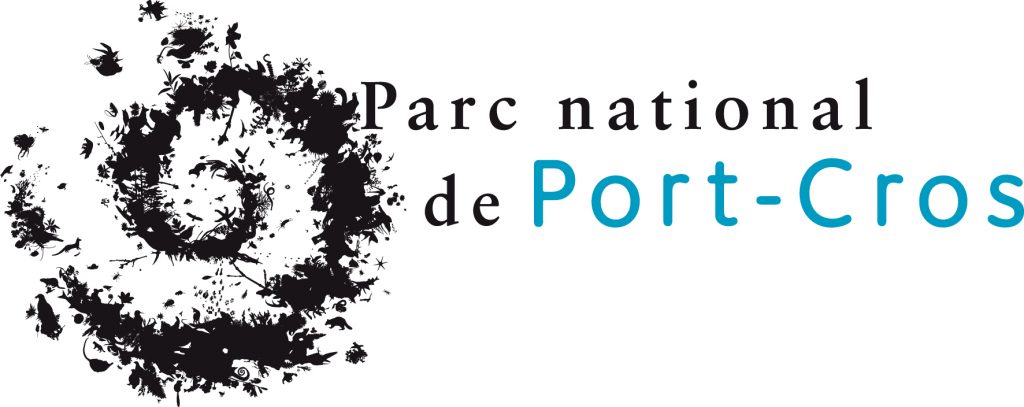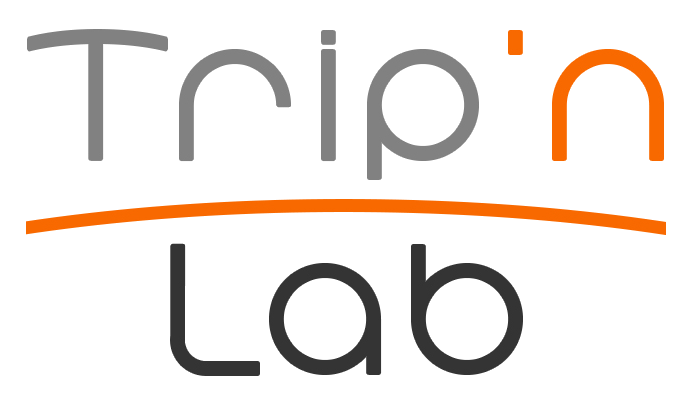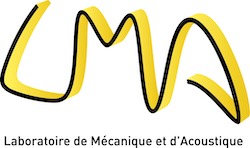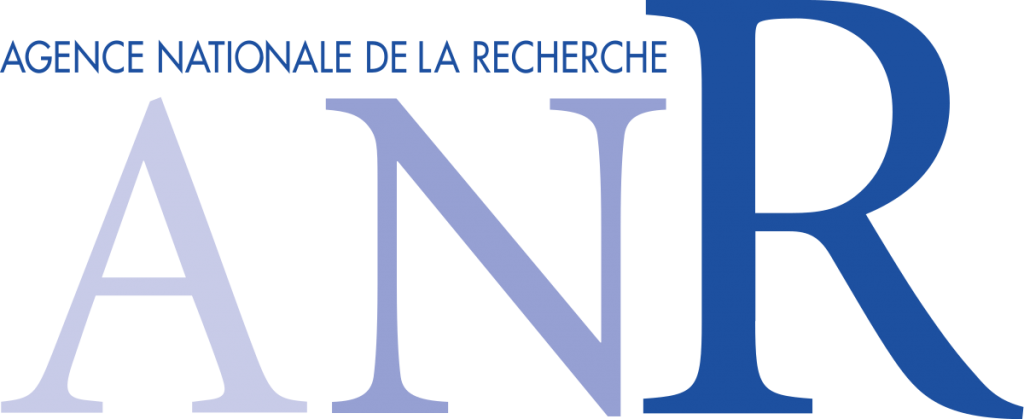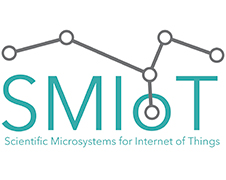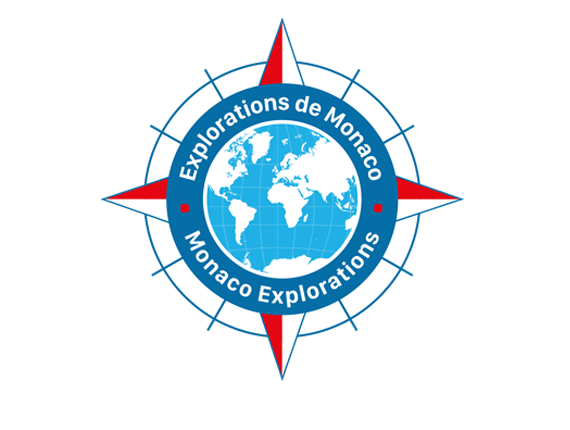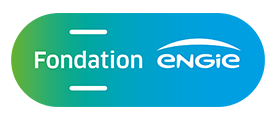GRANTS
GIAS
The GIAS project aims to increase the safety of navigation in the cross-border area, in continuity with the strategic SICOMARplus project.
The main objective of the project will be to help minimize the risk of collision between boats (due to both meteorological phenomena and the presence of significant obstacles at sea) and to increase awareness among sea users of this risk, in particular by promoting better emergency management in the event of an accident.
In particular, forecast chains for meteorological and maritime conditions (with a reduction in uncertainty for more specific phenomena compared to what is proposed in the SICOMAR plus strategic project) and modeling of the dispersion and monitoring of pollutants and large objects potentially dangerous for navigation will be further developed with the strengthening of the common emergency support system.
A real-time surveillance network (with an alarm based on an artificial intelligence algorithm) will also be developed for the detection of live cetaceans in areas with a high density of maritime traffic.
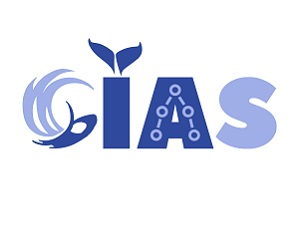
Association Nationale Recherche (ANR)
The National Research Agency (ANR) is a public administrative establishment, placed under the supervision of the Ministry of Higher Education, Research and Innovation. The Agency implements the funding of research projects, for public operators in cooperation between themselves or with companies.
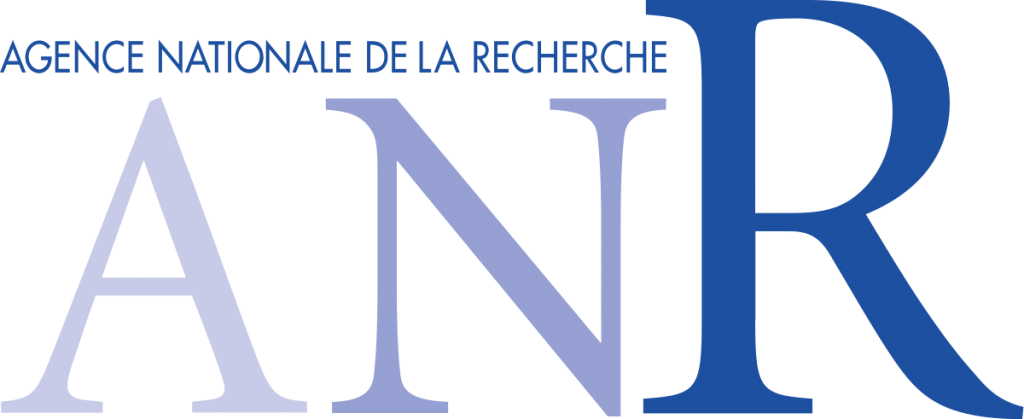
Agence de l’innovation de défense (AID)
Under the responsibility of the Délégué général pour l’armement (DGA), the Agence de l’innovation de défense (AID) was created on September 1, 2018 by Florence Parly, Minister of the Armed Forces. Located in Balard (Paris 15), this new organization of the ministry, a service with national competence, is headed by Emmanuel Chiva
AID federates the innovation initiatives of the ministry by ensuring the coordination and consistency of all innovation initiatives. While pursuing work on technological innovation over the long term, the Agency is the sensor of opportunity innovations for the benefit of all end-users, whatever their fields: management of operations, equipment, support, operation, etc. administration.
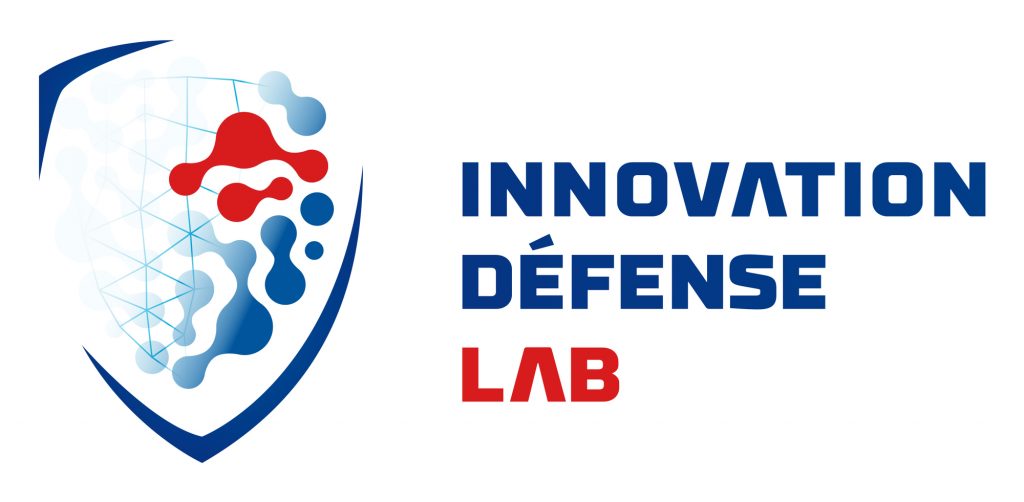
Scientific Microsystems for the Internet of Things (SMIoT)
The SMIoT technological platform is the result of combining the equipment and skills of the GEII department of the IUT of Toulon and several laboratories of the University of Toulon. Initially focused on the creation of connected objects for multimodal perception in environmental studies and in the field of sport and health, its activity has extended to the fields of robotics, home automation and defense.
public partners
Le Laboratoire d’informatique et systèmes (LIS) – Université de Toulon
The LIS (Computer Science & Systems Laboratory) on the campus of the University of Toulon is co-initiator of the Sphyrna Odyssey missions with Sea Proven, Lemer Pax and Marine & Ocean.
LIS is a Joint Research Unit (UMR) under the supervision of the National Center for Scientific Research (CNRS) attached to the Institute of Information Sciences and their Interactions (INS2I), of the University of Aix- Marseille and the University of Toulon (UTLN). The Ecole Centrale de Marseille is also a partner of LIS. It is located on the AMU and UTLN campuses, and brings together more than 375 members, including 190 permanent teacher-researchers. The DYNI team at LIS is at the heart of Sphyrna’s missions, conducting fundamental and applied research in the fields of computer science, machine learning / AI and bio-acoustics. It is one of the 20 LIS research teams.
The UTLN is based on its strong territorial anchoring, in particular its links with the socio-economic world of the region in ICST and Marine Sciences. The UTLN offers around one hundred training courses and has 15 research laboratories, spread over 4 campus.
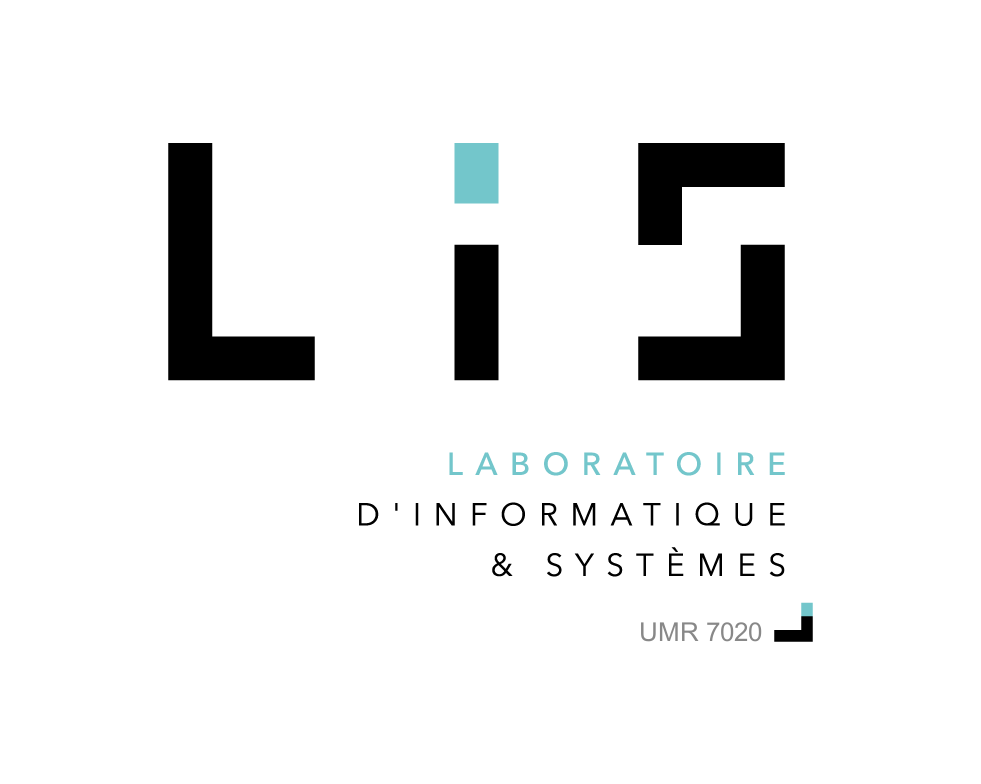

Centre national de la recherche scientifique (CNRS)
The National Center for Scientific Research is one of the most important research institutions in the world. To meet the major present and future challenges, its scientists are exploring living things, matter, the universe, and the functioning of human societies. Internationally recognized for the excellence of its scientific work, the CNRS is a benchmark both in the world of research and development and for the general public.
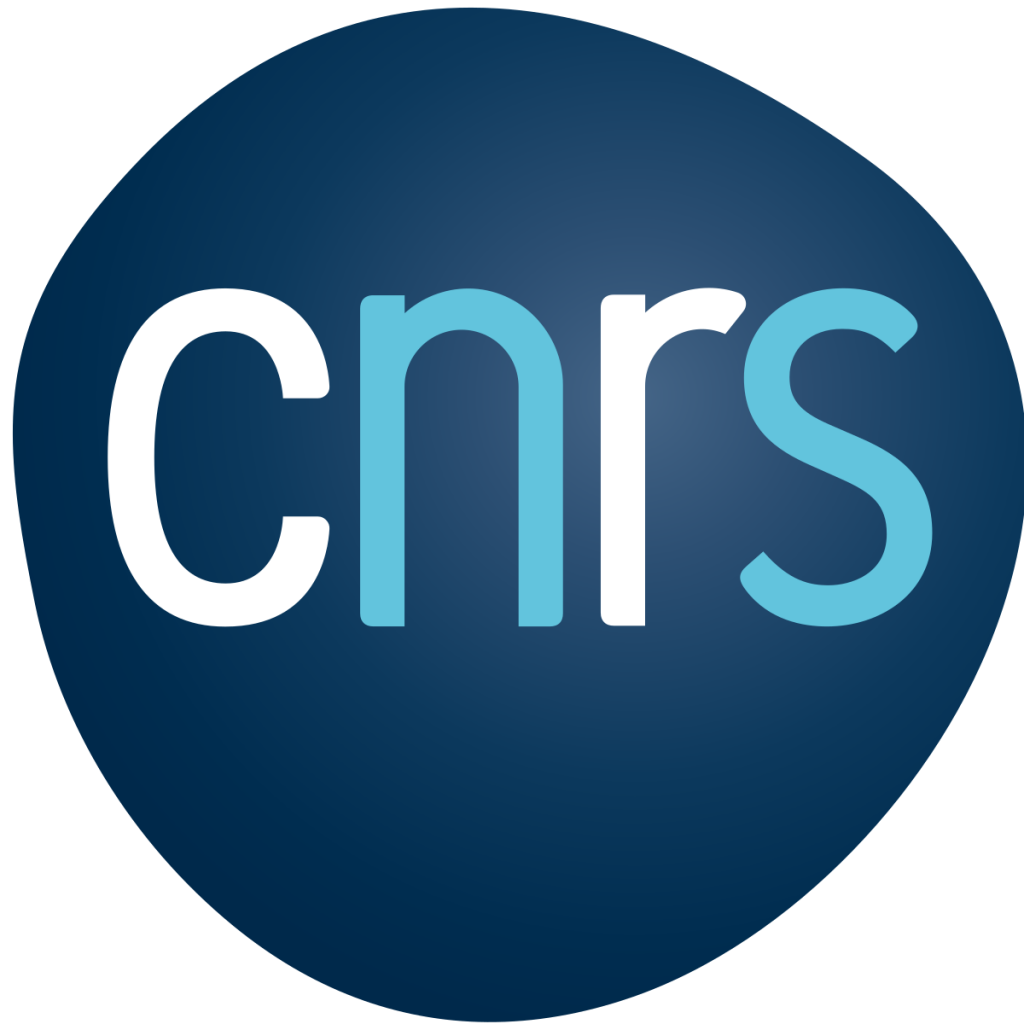
Inria is the French national research institute for digital science and technology. World-class research, technological innovation, and entrepreneurial risk are its DNA. In 200 project teams, most of which are shared with major research universities, more than 3,500 researchers and engineers explore new paths, often in an interdisciplinary manner and in collaboration with industrial partners to meet ambitious challenges.
As a technological institute, Inria supports the diversity of innovation pathways: from open-source software publishing to the creation of technological startups (Deeptech).

The LMA is a Research Unit of CNRS (UMR 7031) attached to the Aix-Marseille University (AMU), to the CNRS Institute of Engineering Sciences and Systems (Insis), and to the Ecole Centrale de Marseille. It has about 140 people, including 90 permanent staff (researchers, lecturers, engineers, assistant engineers and technicians) and forty doctoral students.

LAMFA brings together mathematicians from the University of Picardy Jules Verne. LAMFA is structured into three teams: Applied Analysis, Group Theory and Dynamic Systems – Probabilities – Arithmetic.

Connect the fundamental to the applications in our areas of expertise. A multidisciplinary research unit of more than 300 people at the confluence of physics, chemistry and microelectronics, IM2NP has a broad spectrum of skills that allows it to link many fundamental aspects to applications in the fields of materials. advanced, integrated electronics and nanosciences.
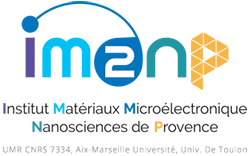
The M.I.O is a research laboratory in oceanology at the Universities of Aix-Marseille, Toulon, CNRS, and IRD. It is integrated into the OSU Pytheas and is a partner of the Labex OT-Med.
Its objectives are to better understand the oceanic system and its evolution in response to global change. It constitutes a center of expertise in biology, ecology, biodiversity, microbiology, fisheries, physics, chemistry, biogeochemistry, and marine sedimentology. Its frameworks are the global ocean, its interfaces with the continent, the atmosphere, and the sediment.
This research work requires oceanographic campaigns, the use of submerged instruments equipped with sensors (buoys, towed instruments, “gliders” or underwater drones), radars installed on the coast, and satellite image analysis, as well. as analytical and experimental laboratory means. This research involves numerical analysis and modeling. These research themes are in line with national research axes such as MERMEX / MISTRALS, HYMEX / MISTRALS, LEFE / CNRS, EC2CO / CNRS, and international IGBP within the IMBER, SOLAS, and LOICZ programs and require interventions on all the oceans of the planet.
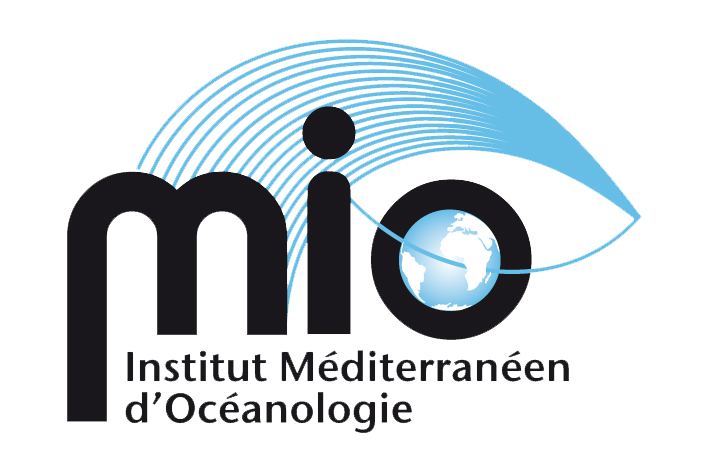

This team brings together research and teaching skills in the fields of mechanics and robotics (sections 60 and 61 of the CNU). The unit’s missions are to develop research activities in mechatronics (mechanics and robotics), in conjunction with the industrial fabric of the region, and in particular to define research activities in underwater robotics in cooperation with the Ifremer.
The unit is developing two main research themes:
- A theme centered on eco-design, called EOSMD: Ecodesign and Optimization of Sustainable Mechanical Systems, focuses on methods for optimizing complex systems.
- A theme focused on autonomous mobile robotics, RMMAT: Marine Mobile Robotics, Amphibious, and Terrestrial, and more particularly on the mobility and autonomy of robotic systems in aquatic and terrestrial environments.
A cross-functional research activity dedicated to a mechanical design by additive manufacturing was introduced in September 2015 to address issues relating to the optimization of the digital chain in rapid prototyping, from the development of dedicated design methodologies to the management of robotic manufacturing structures.

SEAPROVEN
The Sea Proven naval studies office, headed by Fabien de Varenne, is the co-initiator of the Sphyrna Odyssey missions with the company Lemer Pax, the University of Toulon and the journal Marine & Oceans. He has been a specialist in the design and manufacture of innovative naval drones since 2014. Expert in marine robotics, he imagines the boats of the future and is positioned as a key player in the market for surface marine drones. Based in Laval in Mayenne, it designs and develops small-sized rescue and intervention drones (Speed Ressue and Speed Survey) but also its flagship product, the Sphyrna, to date the largest surface drone, civilian, in the world (see characteristics in “scientific platform”). Called to navigate in a constellation, Sphyrna drones – otherwise known as Autonomous Laboratory Ships ©, are dedicated to monitoring and improving knowledge of maritime areas, and in particular of the Exclusive Economic Zones (EEZs) of coastal states. They are, here, at the service of scientists as part of the Sphyrna Odyssey campaigns. Sea Proven also uses its expertise in marine robotics to meet the specific demands of its customers: from “dronisation” of boats or engines to the design and manufacture of custom marine drones.
The OSEAN (SAS) company is specialized in the study and the manufacturing of innovative systems performing in harsh environments. OSEAN’s headquarters are located in TOULON, on the French Riviera. OSEAN’s team has years of experience in the design of scientific and military underwater systems.
OSEAN designs and manufactures:
- Customized underwater electronic systems
- High-performance underwater light systems for motion picture industry, boat’s hull, and harbors lighting
The SEMANTIC TS company, in activity since 1993, defines itself as an environmental and acoustic oceanography research office. This means that she uses sound to infer the environment. It provides ocean mapping and monitoring (geo-acoustic, acoustic, bathymetric, biocenotic, photogrammetric).
SEMANTIC TS specializes in acoustic recognition of the seabed, measurements, the creation of dedicated software, geographic information systems at sea, signal processing, data science, and on-board computing. It has strong potential for innovation in the definition and management of acoustic recognition methods and multi-sensor fusion.
SEMANTIC TS puts its skills at the service of the French Navy and in particular of the military oceanography center of EPSHOM for which it has been carrying out tomography and geo-acoustic inversion studies for 25 years.
Since 2001, it has focused on the civilian world, and there carries out a technology transfer relating to the acquisition of high-resolution georeferenced data using multiple sensors (acoustic, electromagnetic, etc.). Thus, the know-how acquired in the development of innovative signal processing algorithms for military applications now finds civilian applications for the rapid and automated collection of georeferenced quality data from the seabed and coastal areas.
In this context, SEMANTIC TS has developed instrumented mini-ships dedicated to the reconnaissance of the seabed. These instrumented vessels are specifically adapted to the problem of bathymetric and biocenotic mapping and monitoring and use the most recent and precise technologies.
In addition, SEMANTIC TS has professional divers and pilots, and its ships go to sea daily for mapping the shallow seabed.

Parc national de Port-Cros (PNPC)
Created in the 14th December in 1963, the National Park of Port-Cros is among the oldest french national parks and the first marine park, whose cores occupy about 1700 ha lands and 2 900 ha marines surfaces.
In 2012, the national park was deeply reformed. After a meeting between the local professionals, the National Park area has been totally remodeled.
From now on it has:
- Two ‘cores’: public reception and protection areas in Port-Cros Island and the natural areas Porquerolles’ Island State as well as their 600 meters marine edge.
- One ‘potential accession area’ used as a zone of sustainable development project established with her eleven municipalities.
- One ‘adjacent marine area’ from the marine accession area, covering the marine space thanks to these eleven municipalities and extended up to 3 thousand sailors in the south of the islands.
From nowadays until 2015, close cooperation between the national park, the local authorities, and all its partners will lead to a territory project inspired by the principles of sustainable development, which will be the Chart of Port-Cros National Park. This project will be the subject of a public inquiry. The decision of the municipalities will determine the definitive accession area of Port-Cros National Park.
In cooperation with Hyères and La Croix-Valmer, the park manages the natural spaces acquired by the Coastal Conservatory of Giens’ Peninsula and the Cap Lardier. Lastly, as a scientific and technical adviser, the park is also working on the management of Hyeres’ Salins. The national park manages the National Mediterranean Botanical Conservatory of Porquerolles, also in charge of the protection of the wild flora and the threatened Mediterranean fruit varieties.
Since 1999, the Park is also working on a cooperation mission for the establishment and the monitoring of the International Sanctuary of the Marine Mammals, which is the result of a tripartite agreement between Italy, the Principality of Monaco, and France. The latter, managed by the National Park of Port-Cros, has to lead and coordinate the actions and initiatives in favor of the marine mammals in relation to the corresponding actors (the state services, local authorities, the professionals of transportation, fishing, and tourism, as well as scientists and associations). Hence, three working groups have been created for the monitoring of these actions at the French level: ‘awareness’, ‘human activities’, and ‘research’.
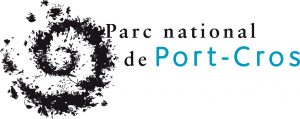
The Agreement on the Conservation of Cetaceans of the Black Sea, the Mediterranean Sea, and contiguous Atlantic area (ACCOBAMS) is a legal conservation tool based on cooperation. Its purpose is to reduce threats to cetaceans notably by improving current knowledge on these animals.
This intergovernmental Agreement provides the demonstration of the commitment of riparian Countries to preserve all species of cetaceans and their habitats within the geographical Agreement area by the enforcement of more stringent measures than those defined in the texts adopted previously.
ACCOBAMS results from consultations between Secretariats of four Conventions:
- the Barcelona Convention for the Protection of the Marine Environment and the Coastal Region of the Mediterranean and its Protocol concerning Specially Protected Areas and Biological Diversity in the Mediterranean,
- the Bonn Convention on the Conservation of Migratory Species of Wild Animals,
- the Bern Convention on the Conservation of European Wildlife and Natural Habitats,
- the Bucharest Convention on the Protection of the Black Sea Against Pollution.
Finally, given the migratory characteristics of these species, the Agreement was established under the auspices of the Bonn Convention (UNEP/CMS).
The Agreement Area consists of all the maritime waters of the Black Sea, the Mediterranean, and the contiguous Atlantic area West of the Straits of Gibraltar. The Area includes the Pelagos Sanctuary dedicated to marine mammals in the North-West Mediterranean and established by France, Italy, and Monaco. ACCOBAMS is the first Agreement binding the Countries of these sub-regions to work together for cetacean conservation. One innovative aspect of this Agreement is to include non-riparian countries whose maritime activities are likely to jeopardize cetacean conservation.
In 2010, Parties to ACCOBAMS adopted a Resolution to extend the geographical scope of the Agreement Area to the Exclusive Economical Zones of Spain and Portugal.
In 2018, the Agreement has 24 Parties: Albania, Algeria, Bulgaria, Croatia, Cyprus, Egypt, France, Georgia, Greece, Italy, Lebanon, Libya, Malta, Monaco, Montenegro, Morocco, Portugal, Romania, Slovenia, Spain, Syria, Tunisia, Turkey, and Ukraine.
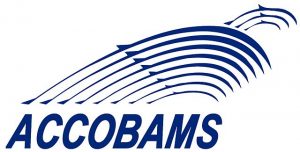
Created in 2006 by Prince Albert II of Monaco, it works to protect the environment and promote sustainable development. Active at the international level, it mobilizes citizens, political leaders, public authorities, scientists, and economic actors, in the defense of nature considered as a common heritage of humanity. Since its creation 13 years ago, the Foundation has granted its support to 477 projects around the world for an amount of 55 million euros, or an average of 4 million euros per year. It establishes partnerships to carry out projects and undertake concrete actions in its priority fields of action. It also promotes and encourages remarkable initiatives and innovative solutions, in particular by awarding prizes and scholarships. FPA2 focuses its missions in three main geographical areas – the Mediterranean basin, the polar regions, and the least developed countries (according to the United Nations list) – all strongly impacted by the effects of climate change, the loss of biodiversity, and threats to water resources. It acts within the framework of eight major programs: Knowledge of biodiversity, conservation of threatened species; Development of marine protected areas; Study of climate change and its effects; Development of energy efficiency and renewable energies; Ocean acidification; Fight against deforestation; Integrated management and access to water resources. The FPA2 has ten representations abroad: in France, Spain, Italy, Canada, United Kingdom, Switzerland, Germany, United States, Singapore, and China.

With the ambition of reconciling Humanity with the sea, Prince Albert II of Monaco launched the Monaco Explorations in April 2017, thus renewing, some 120 years later, the approach of scientific maritime exploration of his great-grandfather, Prince Albert I. Associating, under the aegis of the government of the Principality of Monaco, the Prince Albert II of Monaco Foundation, the Scientific Center of Monaco, the Oceanographic Institute and the Yacht Club of Monaco, the Monaco Explorations carried out a first series of twelve expeditions worldwide, between 2017 and 2018. A new phase was initiated at the end of 2018 by establishing the Explorations de Monaco as a company. A platform serving Prince Albert II of Monaco’s commitment to knowledge, sustainable management, and protection of the ocean, the Société des explorations de Monaco supports the action of Monegasque institutions by organizing or by supporting collective missions carried out internationally that combine scientific research, public mediation and government cooperation. Its program of activities for the period 2019-2022 focuses on four main themes: the development of marine protected areas, the protection of corals, the protection of megafauna, and new exploration techniques. From the Mediterranean to Melanesia, via the Indian Ocean and Indonesia, the exploration areas already identified are large and conducive to strengthening international collaborations with a view to acquiring, sharing, and enhancing knowledge for a better understanding of the links between Humanity and the sea.
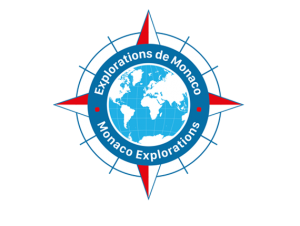
On November 25, 1999, the Pelagos Agreement creating the Sanctuary for Marine Mammals in the Mediterranean was signed in Rome by France, Italy, and the Principality of Monaco (depositary). Entered into force on February 21, 2002, this agreement aims to establish concerted and harmonized actions between the three countries for the protection of cetaceans and their habitats against all causes of disturbance: pollution, noise, captures and accidental injuries, disturbance, etc. pdf To consult the text of the Agreement, click here.
The idea of creating a Sanctuary in the Corso-Liguro-Provençal basin stems from the observation in the 1980s that a relatively large and diverse population of marine mammals frequent this area, attracted by high primary productivity.
Indeed, a variety of fertilization mechanisms increase the level of primary production: coastal waters, delayed effect of winter mixing, frontal zone, upwelling phenomena, and complex structures associating divergences and convergences.
A rough estimate identifies more than 8,500 macroscopic animal species representing between 4% and 18% of the world’s marine species, a remarkable biodiversity, especially with regard to the number of predators at the top of the trophic chain such as marine mammals, given that the Mediterranean only represents 0.82% of the surface area and 0.32% of the volume of the world’s oceans.
Besides, this same area suffers from high pressure linked to numerous human activities, creating serious problems for the populations of marine mammals present. These impacts are due among other things to certain fishing techniques, pollution, urbanization, collisions with vessels, and cetacean watching activities. To these anthropogenic disturbances are added natural disturbances (climatic fluctuations, epidemics, etc.).
The process of creating the Sanctuary took shape at the Italian level, at the instigation of non-governmental organizations, and materialized at the international level with the awareness at the state level that the protection of marine mammals could only be done through integrated management of the Sanctuary area.
Throughout the maturation of the Sanctuary project, many research centers, universities, non-governmental organizations, associations, and professionals of the sea participated in international and national meetings in collaboration with the government sector. They mobilized through their research and monitoring of populations and their condition, as well as through media operations to facilitate the process of creation of the Sanctuary by decision-makers. The entire history of the Sanctuary has been marked by a participatory approach of the various actors which has made it possible.
Created to protect marine mammals against all causes of disturbance from human activities, the Sanctuary must therefore reconcile the harmonious development of socio-economic activities with the necessary protection of habitats and the species living there.
The originality of the Pelagos Sanctuary for Mediterranean marine mammals lies in the fact that it constitutes a tripartite management area in a coastal and high seas territory understood as a “large-scale ecosystem” of great scientific and social interest. -economic, cultural, and educational. The whole of the Sanctuary can be considered, in a very general way, as a bio-geographically distinct sub-unit of the Large Dimensional Marine Ecosystem (LME) of the Mediterranean.
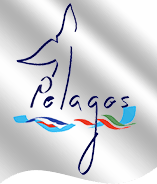
The maritime prefect is first and foremost responsible for safeguarding human life at sea. The directors of CROSSs have a permanent delegation on their part to lead the rescue operations.
Navigation safety is also one of its missions. It detects abnormal situations that could lead to accidents, it organizes assistance to vessels in difficulty and, if necessary, it can force a vessel it considers threatening to be towed to a shelter or a port.
The maritime prefect draws up emergency and relief plans which he regularly tests through exercises.
The international character of the sea and the remoteness of the coasts favor the unfolding of illegal activities on the high seas, which can affect our country. The trafficking of drugs or weapons, illegal immigration, and terrorist maneuvers are among the permanent threats that the maritime prefect must counter at sea.
The national plan VIGIPIRATE knows particular developments at sea and vigilance mobilizes under its authority the administrations, the ports, and all the means, public or private, of maritime surveillance.
Safety at sea is also the maintenance of public order, especially during conflicts between fishermen, or the repression of deliberate pollution by ships (deballasting).
The concern for a clean sea is not new and when maritime safety measures have not made it possible to avoid a collision or an accident, the maritime prefect is traditionally in charge of combating the pollution caused, before it does not reach the coast.
Faced with the increasing pressure from human activities on the coastal marine strip, the maritime prefect has been given responsibility for regulating these uses to allow their compatibility with the maintenance of the quality of the marine environment. Fishing, discharges of dredged material from ports, extraction of sands and marine gravel, installation of wind turbines at sea, all of these uses which apply to a fragile environment and in which the maritime prefect must participate.
